A lot of great things have happened in the world of phones this year, but there’s also one particular change that hasn’t happened. The fact the new Qi2 wireless charging standard has completely failed to hit Android phones has left me disgruntled — and it feels like Android phone makers are squandering the chance to adopt one of the best iPhone features of the past 5 years.
I’ve been less excited about the upgrades to wireless charging, which I already use pretty sparingly. But I have been excited about the prospect of having MagSafe-compatible magnets on the back of Android phones. Because then I’d be able to use all the delightful MagSafe accessories that have been released in the years since MagSafe came to iPhone 12.
Fortunately, instead of feeling sorry for myself and moaning on the internet, I went out and got myself the next best thing. A phone case with a bootleg version of MagSafe in the back.
Faux MagSafe for the masses
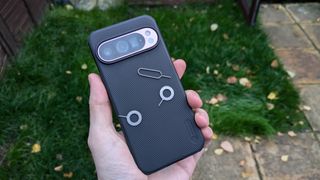
Android users may be aware of cases that advertise themselves as offering MagSafe or being MagSafe compliant. They’re not new, and I can see them for phones going back to 2020 — the same year MagSafe debuted. In all honesty there isn’t anything particularly complicated about them, because they’re just phone cases with a ring of magnets inside. I just never got around to using one, both out of ignorance and the fact I have been very particular about my phone cases.
My last phone was a Pixel 6 Pro, which has the unfortunate distinction of having a curved front display. I have never been able to get a screen protector to stay on a curved screen for more than a few weeks, and I have a general unwillingness to let that screen be naked and get scratched to oblivion. So I’ve been a strong proponent of cases with built-in screen protectors for some time.
The number of cases with a bootleg MagSafe ring and a screen protector are few and far between. Fortunately, I recently switched to a Pixel 9 Pro, which has a flat display and will happily play nice with a regular tempered glass screen protector. This means I can finally add a facsimile of MagSafe to my phone — regardless of how dismissive Google wants to be of Qi2 tech. Actually, I’m pretty spoiled for choice as any cursory search on Amazon will tell you.
I ended up picking up this $22 case from Nillkin for three reasons. I liked the look of it, since it was black and had a grippy texture; it wasn’t very bulky; and it had a 15% voucher — saving me $3.30 on the retail price. There was no particular logic to it, and I’m sure countless other fake-MagSafe cases are just as good for similar prices. But sometimes you just have to go with your gut.
Like MagSafe, but also not
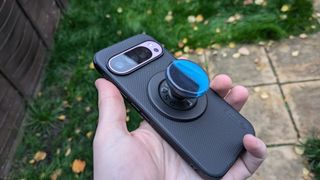
The first thing I did upon ordering the Nillkin magnetic case was start shopping for MagSafe-friendly accessories. Starting with a MagSafe PopSocket, because I’m a big fan of PopSockets and wanted to continue using one. Sadly, the normal stick-on grips would get in the way of the magnetic ring, which defeats the purpose of having a MagSafe-friendly case. So it was time to ditch adhesives for magnets.
It's great that the grip can be pulled on and off whenever I feel like it— and without wearing down the adhesive in the process. This is helpful when you’re using things like phone stands, wireless chargers and other accessories that may not be happy about there being a pop-out grip in the way. The magnets are pretty darn strong too, and you need to use a surprising amount of force to separate them.
The downside is that while this MagSafe case is ideal for clipping on magnetic accessories, it’s not so good for wireless charging. It doesn’t exactly prevent wireless charging, but whenever I put my case-clad phone onto a Pixel Stand 2 it’s clear that it’s not charging particularly quickly.
Without the case, my Pixel 9 Pro says it will take around an hour to recharge from 68% to 100% at maximum speed. And it’s able to recharge on the Pixel Stand 2 without issue. Having the case on changes things, and it’s clear that something is interfering with the electrical current. Charging keeps flicking on and off at random, and when the phone does decide it’s capable of wireless charging it claims it’ll hit 100% in 75-90 minutes.
That’s assuming it will stay charging for that length of time, and sitting here writing this I haven’t seen the phone charge for more than 10 seconds at a time without disconnecting. Maybe this is a problem specific to this particular case, and the materials within. Or maybe it’s the fact that the Pixel Stand 2 was not built for magnetic recharging, and something about the case’s magnet ring is getting in the way.
Thankfully, I’ve never been a huge fan of wireless charging, only really relying on it thanks to my old Pixel 6 Pro’s weak battery life. Considering how much better the battery is in the Pixel 9 Pro, I don’t need to rely on the Pixel Stand 2 to top up my battery in the middle of the day. It’d be nice if the Nillkin case was a little friendlier with wireless charging, since I’d be able to get a MagSafe-charging stand for when I’m driving, but apparently this isn’t meant to be.
Bottom line
I’m still rather annoyed at Google for dismissing Qi2 support so easily. I could get over the fact the Pixel 9 series doesn’t have magnetic charging if we were given a sensible reason for omitting it, like the fact the Qi2 standard was finalized too late to include. What gets me is that Google just flippantly dismissed Qi2 as having “no tangible benefits” — which straight up isn’t true. In fact, that’s the kind of excuse you’d expect from OnePlus or Apple, not Google.
In the time since Google gave this excuse, I’ve seen countless accessories that could be very beneficial to a Qi2 and MagSafe-compatible phone. This includes magnetic wireless charging battery packs, storage drives that stick to the back of your phone, wallets, phone stands and faster wireless chargers. Since Google already discontinued the Pixel Stand 2, which was the only way to maximize wireless charging speeds on Pixel 9, being able to recharge at 15W speeds on a regular Qi2 charger would have been a big help.
Hopefully, the next 12 months will see Android phone makers start adopting Qi2 in greater numbers. The very first Qi2 Android phone is already on sale, from HMD of all people, and I’d like to see the big names follow suit. Here’s hoping Samsung sees the light with the Samsung Galaxy S25, and hopefully by the time I get rid of my Pixel 9 Pro I won’t need a special case to use fancy magnetic accessories.
More from Tom's Guide
- Google Pixel 10's new chip revealed in massive leak — and it could finally catch up to Apple and Samsung
- OxygenOS 15 hands-on: Watch out Samsung and Google — OnePlus just caught up
- iOS 18.2 beta is here — and the EU is getting exclusive features the US can’t have
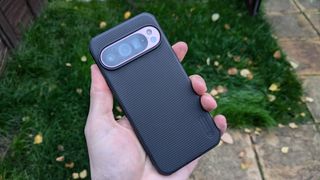
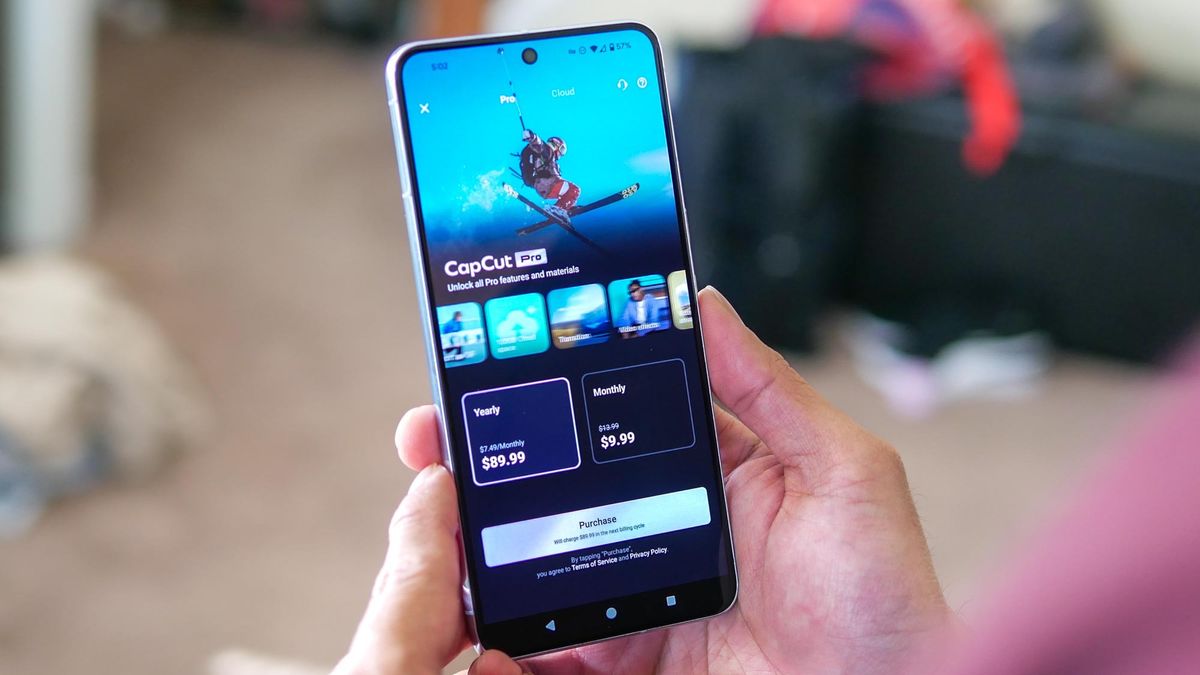

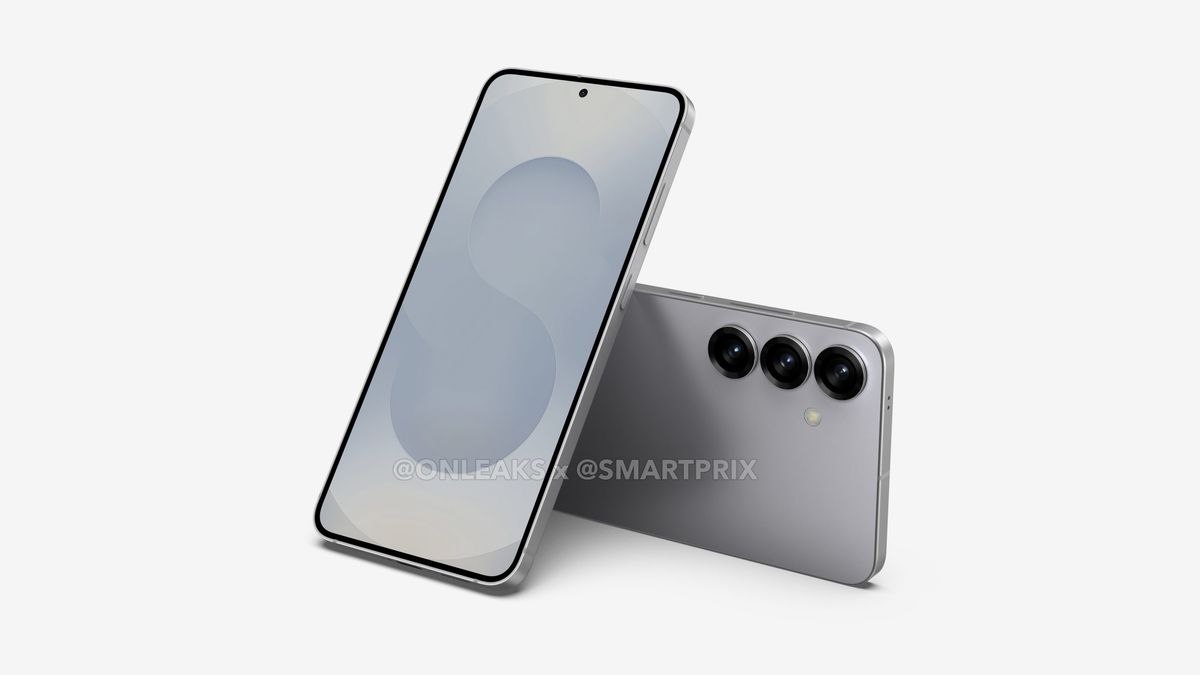
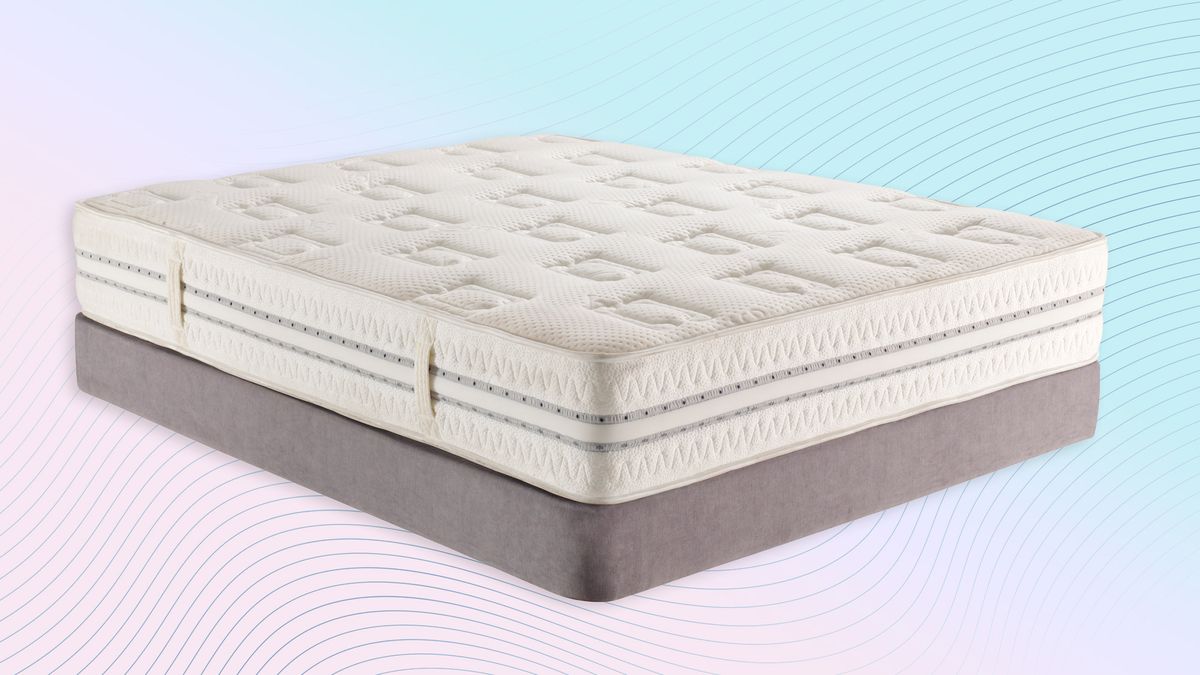
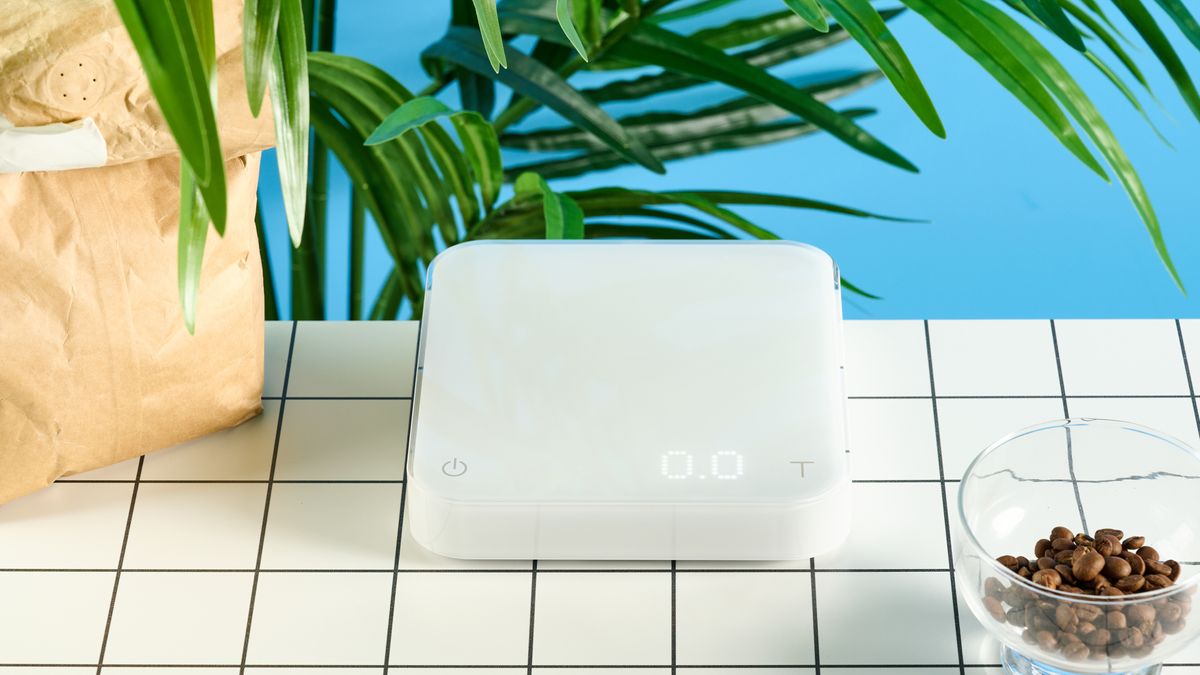
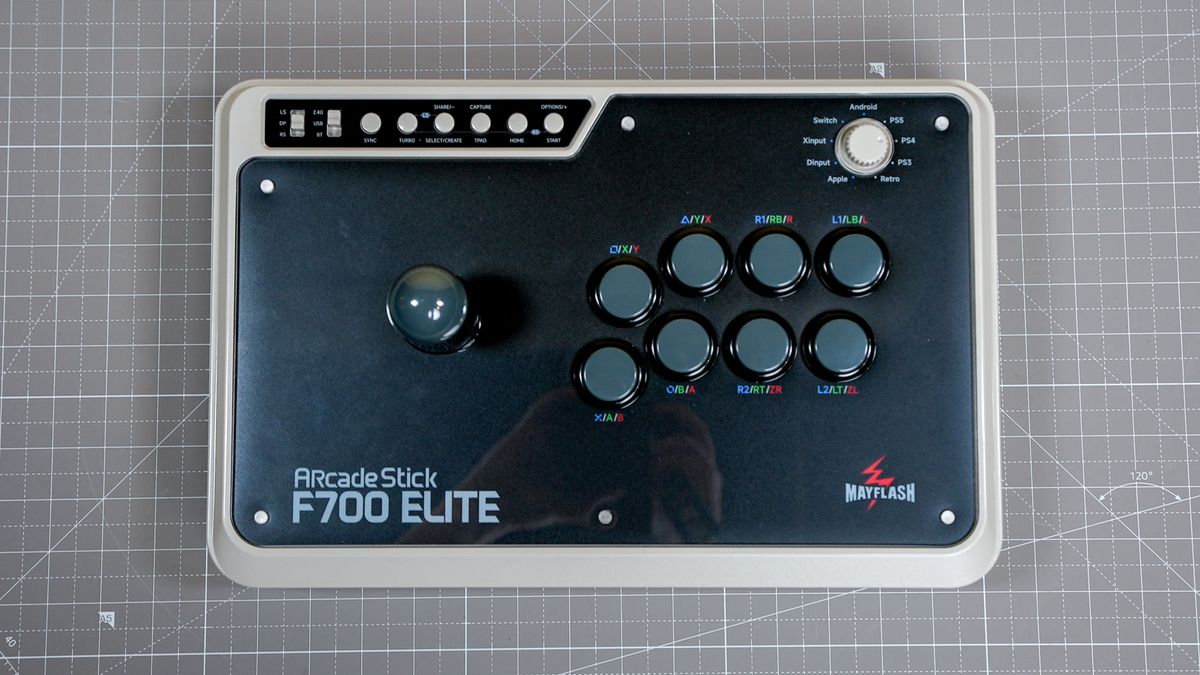

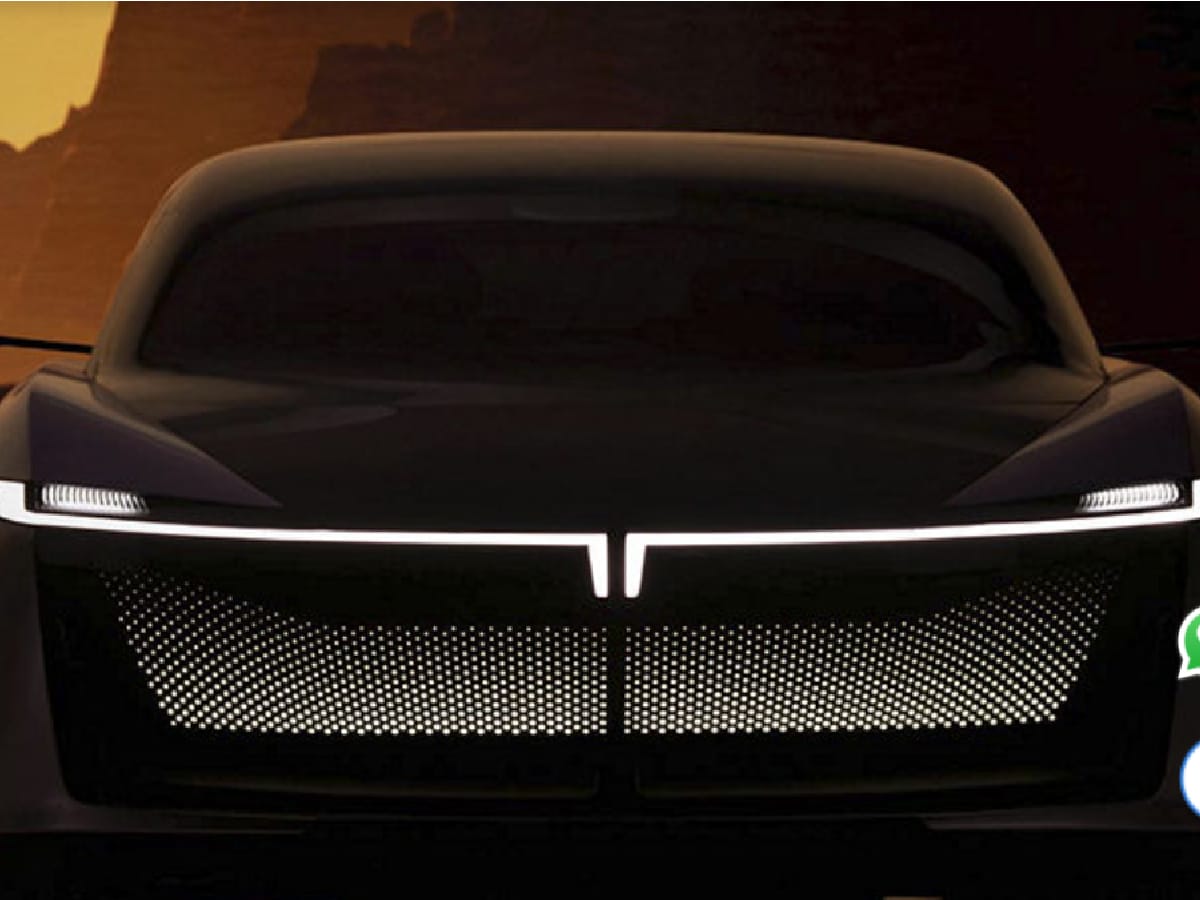
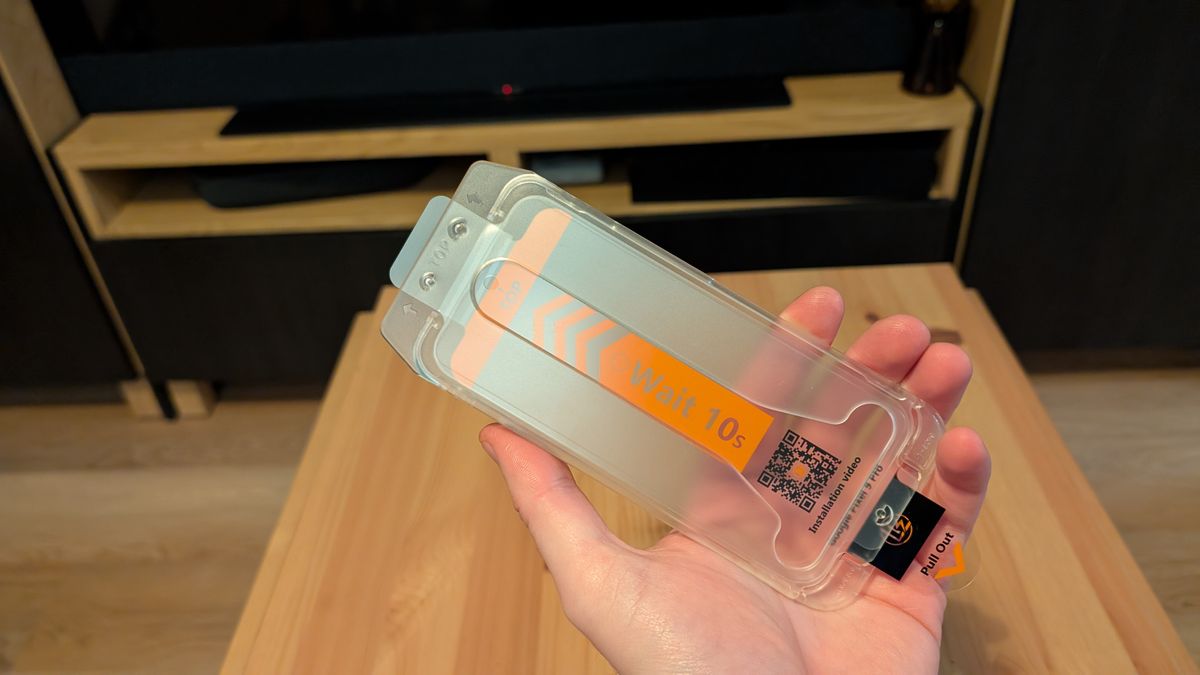


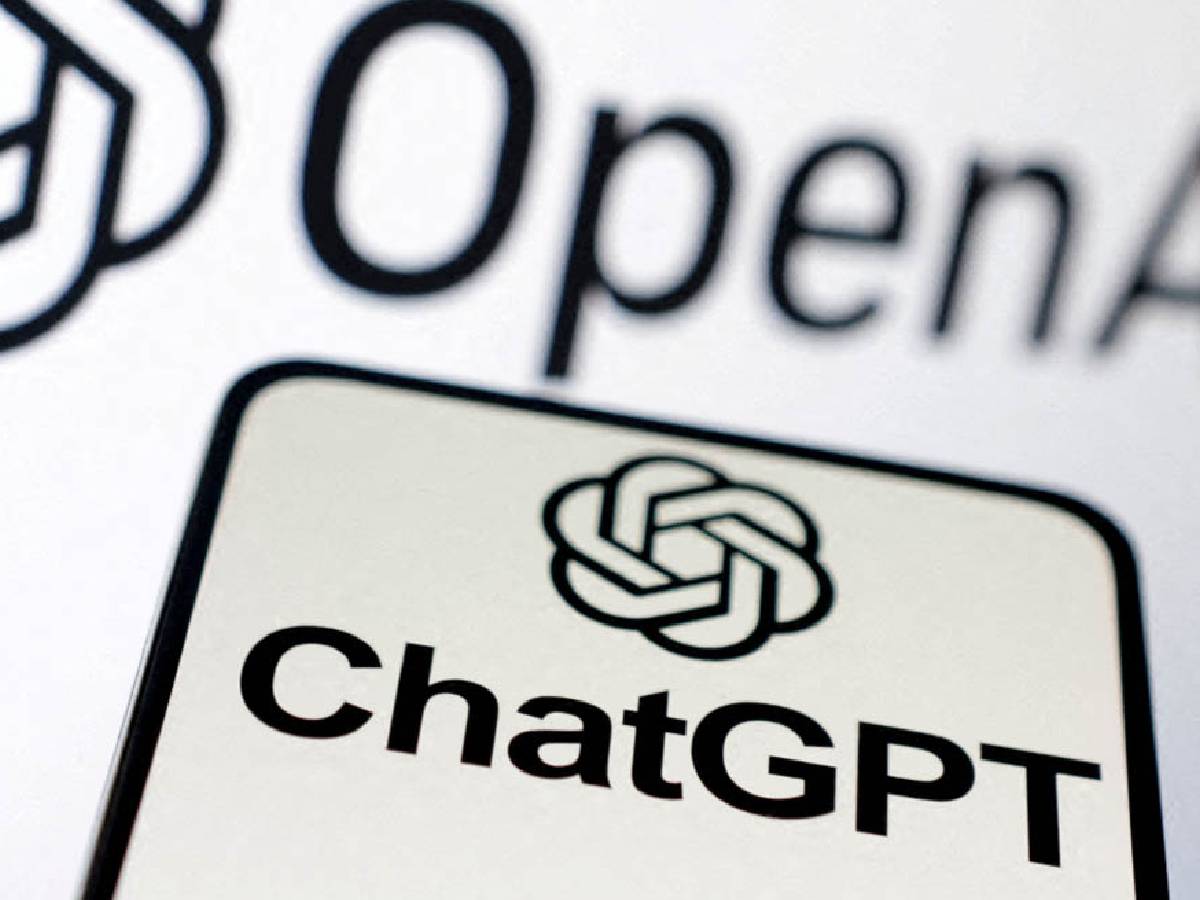








 English (US) ·
English (US) ·